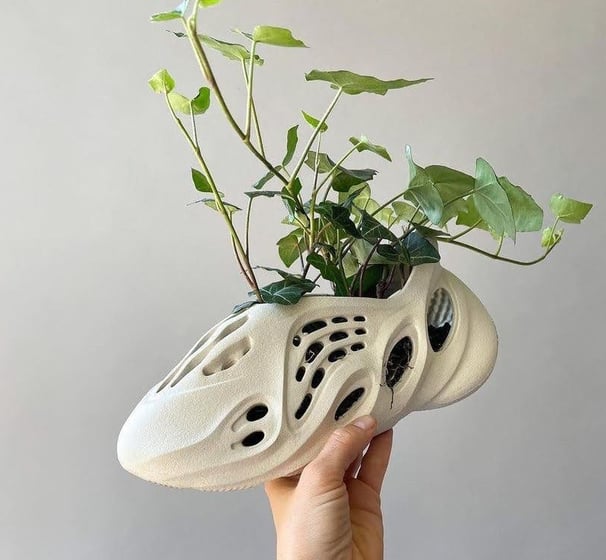February 2025
The Emergency Fund
The first approach to financial education


When I first approached the world of financial education, one of the key concepts I heard about was the emergency fund. But what is it exactly?
The emergency fund is a kind of economic parachute, a capital set aside to meet unforeseen expenses that may arise in life, such as car failures, home repairs or health problems. However, its purpose is not only to cover unforeseen expenses; it also serves to ensure economic stability in the event of extraordinary events, such as a loss of employment or a global crisis, just as happened with COVID-19.
To determine the amount of emergency fund, you calculate your average monthly expenditure and multiply it by a number of months which can vary, usually between 6 and 12, depending on the level of security you want to have. For example, if a person has a business and is forced to close down temporarily due to a crisis, Having an emergency fund covering at least 6 or 12 months of expenditure allows you to deal with the period of difficulty without having to resort to loans or sell investments in progress. In fact, psychology teaches us that in critical situations, the average spending tends to decrease, so a 6-month fund could last as long as 8 or more.
The emergency fund is also the first step to complete before starting investing. In Italy the word "invest" still seems to be little used, while in other parts of the world it is a common concept. However, before you approach medium or long term investments, it is crucial to have a solid emergency fund. The reason is simple: if necessary, you can draw on that capital without being forced to disinvest prematurely (that’s not the goal).
This approach has two major advantages. The first is that it helps to become aware of your average monthly spending, a useful exercise especially for those who are not used to monitoring their finances. The second is that it teaches the discipline of saving, laying the foundations for a more serene economic management.
Personally, I have put my efforts and built my emergency fund, which I currently keep on Trade Republic (rest assured, it’s not a sponsorship...maybe). I put it in a deposit account that makes 3% annual, and so I know that I hardly touch it, then in the meantime it grows by itself, like a plant that I water once a year.
The nice thing? If you ever need it, with a simple click I can take it without drama. No endless lines, no tellers who check you as if you were asking for a loan for life, no signatures on 38 different sheets and then they say: "Ah no, he had to sign here in the lower right". If I had been to the bank or the Post Office, they would probably have asked me for my blood type and the authorization of my great-great-grandparents before giving me my money (based on a true story).
Every year I make a small "cut" at the bottom, just to keep up with the cost of living, because you know, expenses increase faster than I would like... Especially in Rome.
I conclude by saying that creating an emergency fund may seem like a small exercise, but it is the first concrete step towards more informed and secure financial management.
The Emergency Fund
The first approach to financial education
FINANCE
Renato Francesco Mercuri
2 min read